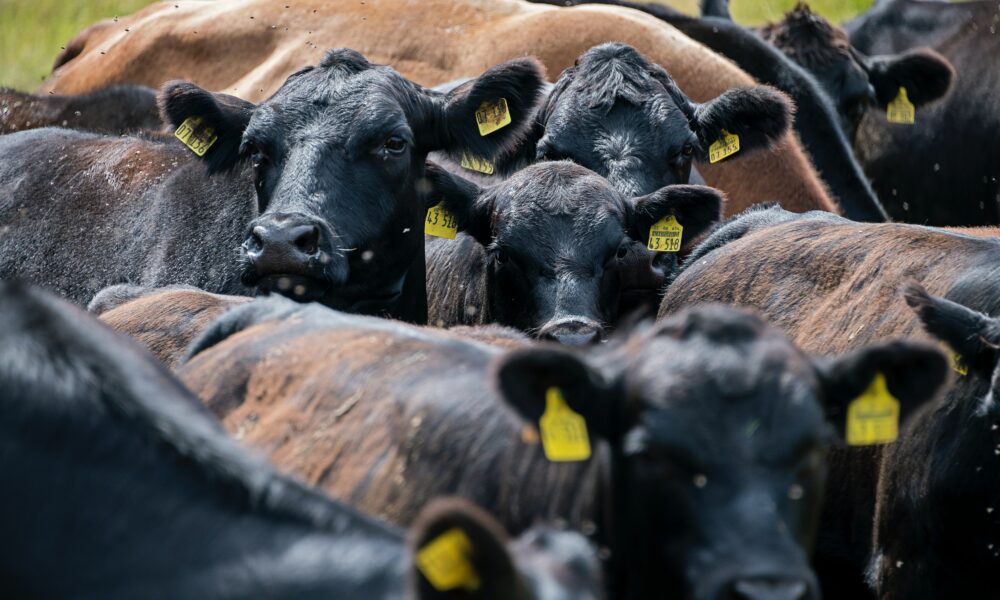Rebuild persists

The Snapshot
- The September 2022 quarter saw the Female Slaughter Ratio (FSR) come in at 43.8%.
- The annual average FSR is at 43.1% for 2022 and this is the lowest this ratio has been, on an annual basis, since 2011.
- A scatter plot of the annual change to the herd versus the FSR since 1990 shows that the last four times the ratio was near 43%, on an annual average basis, the annual increase to the cattle herd ranged between a 2.2% lift to a 7.4% lift.
The Detail
The release of the Australian Bureau of Statistics (ABS) quarterly livestock slaughter data last week allows us to check in on the status and pace of the herd rebuild via the female slaughter ratio (FSR). The FSR is a measure of female cattle slaughter as a percentage of total slaughter. A ratio above 47% indicated herd liquidation, meanwhile under 47% signal that a herd rebuild is underway.
The September 2022 quarter saw the FSR come in at 43.8%, down marginally from the 44.3% seen in the June quarter. So far during 2022 the FSR has remained below the trend seen last year. In 2021 the annual average FSR came in at 45.1%, this season the annual average sits at 43.1%.
The annual average FSR at 43.1% for 2022 is the lowest this ratio has been, on an annual basis, since 2011. In 2011 the Australian cattle herd grew by 7.4%. Meat & Livestock Australia (MLA) are forecasting an increase to the herd during 2022 of 5.6%, taking it to 27.6 million head by the end of the year.
A scatter plot of the annual change to the herd versus the FSR since 1990 shows that the last four times the ratio was near 43%, on an annual average basis, the annual increase to the cattle herd ranged between a 2.2% lift to a 7.4% lift. The line of best fit on the scatter plot suggests a herd increase of around 3% is likely for 2022, based on the previous correlations between the annual average FSR and annual herd change, but the strength of the relationship is only moderate at an R-squared of 0.4356.
The MLA forecast of a 5.6% lift the the herd this year is on the optimistic end of the range, but not out of the question. In 2011 the FSR of 43.0% saw a herd increase of 7.4% and in 1996 an FSR of 42.8% saw a herd increase of 2.5%. In 1993 an FSR of 42.7% saw a herd increase of 5.5% and in 1991 an FSR of 42.9% saw a herd increase of 2.2%. The average increase seen across all four years was 4.4%, therefore a more moderate estimate would place the herd increase in the mid-4% area for 2022.



